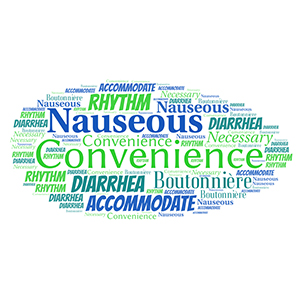Father’s Day 2025 Food Deals for Dad

Father’s Day 2025 food deals and freebies
The Krazy Coupon Lady — an online media company that aggregates deals, discounts and coupons — also has a list of food chains that confirmed Father’s Day 2025 deals.
Here’s the list of confirmed Father’s Day deals for 2025, fromThe Krazy Coupon Lady:
- Burger King: Royal Perks members can get their dads a buy-one-get-one-free Whopper deal at Burger King on Father’s Day, Sunday, June 15.
- IHOP: If you order pickup or delivery at IHOP this Father’s Day, you’ll save 20% on your first online order when you use promo code IHOP20 at checkout. The offer is valid for a one-time use through June 30, 2025.
- Twin Peaks: On Sunday, June 15, Twin Peaks is offering a special Father’s Day $12 cheeseburger bundle (includes a non-alcoholic beverage).
- Baja Fresh: Club Baja Rewards members can save $2 on purchases of $10 or more at Baja Fresh when you order online or in-app. Offer valid through June 15.
- BJ’s Restaurant and Brewery: If you dine in, your dad could receive a free, limited-edition pint glass, while supplies last. Plus if your dad is a loyalty member, he’ll score a VIP 20% discount he can use on future dine-in orders between June 17 – July 7.
- Buffalo Wild Wings: When you order online or in-app on Father’s Day, you can enjoy 20 traditional wings and fries for only $19.99.
- Denny’s: Diners staying at home on Father’s Day weekend can enjoy free delivery on Denny’s online orders from June 13 – 15. You can also get $10 off any $30 online order when you use promo code RADDAD at checkout online or in-app.
- Raising Cane’s: The fried chicken restaurant is offering a buy-one-get-one free box combo deal to Caniac Club Rewards members.




